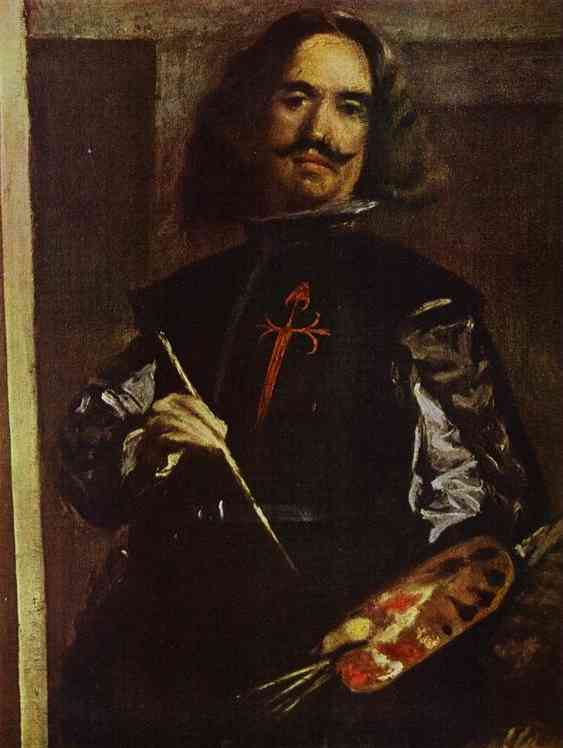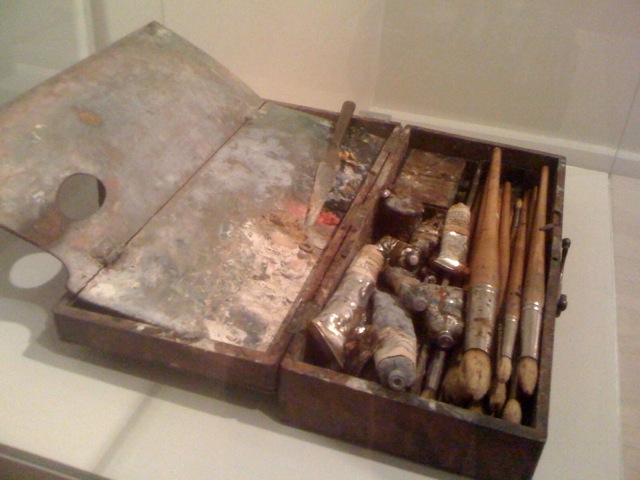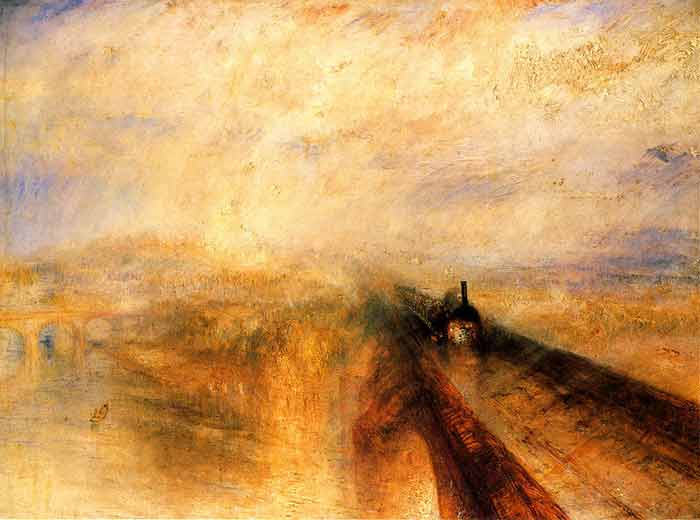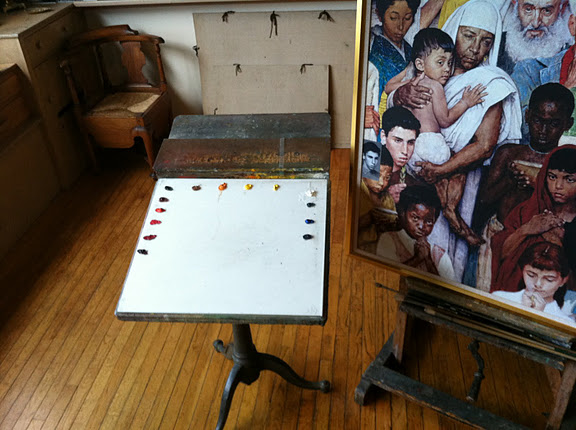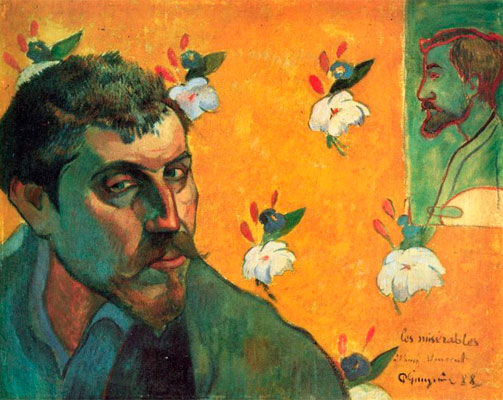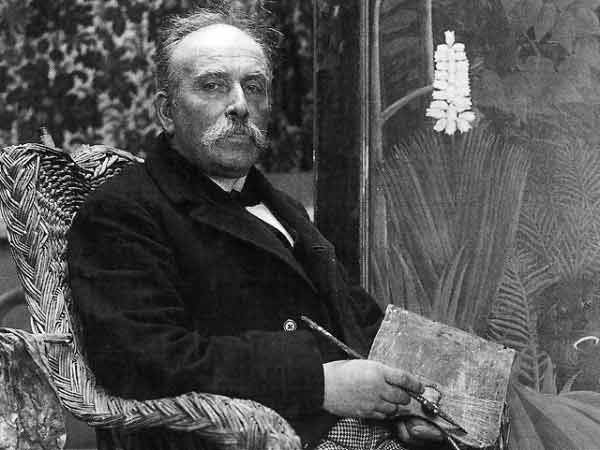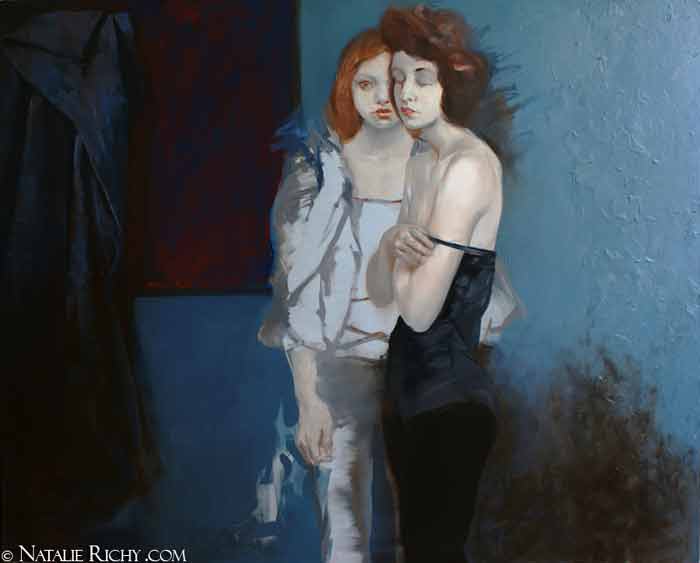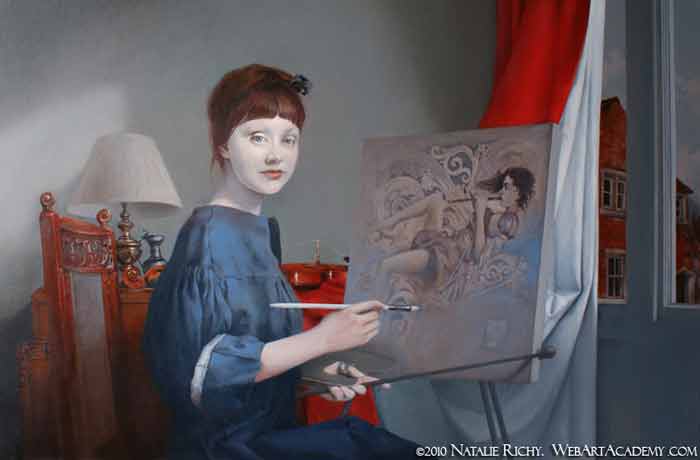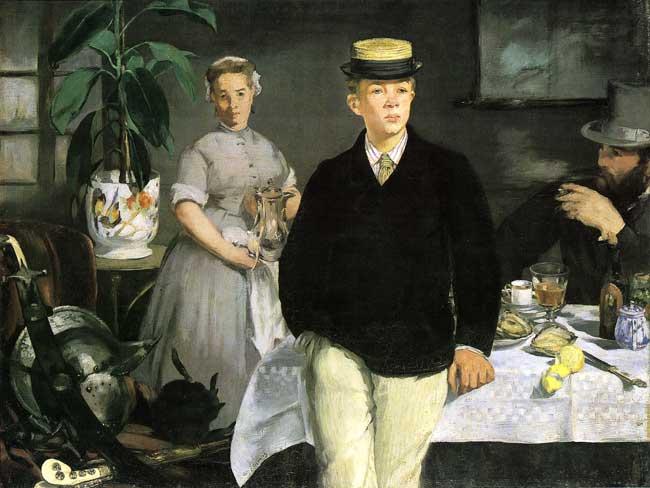On 18 Dec, 2011 With
The Old Masters: Velázquez’s Palette Diego Rodríguez de Silva y Velázquez was a Spanish painter who was the leading artist in the court of King Philip IV. According to Carmen Garrido, Head of Technical Services at the Prado Museum in Madrid and author of Velázquez: Tecnica y Evolución, Velázquez’s palette consisted of the following colors: WHITE: composed of lead white and calcite YELLOW: yellow iron oxide, lead-tin yellow, and Naples yellow (the latter, sparingly) ORANGE: orange iron oxide and vermilion of mercury RED: red iron oxide, vermilion of mercury, and organic red lake BLUE: azurite, lapis lazuli, and smalt BROWN: brown iron oxide and manganese oxide BLACK: organic black of vegetal or animal origin GREEN: azurite, iron oxide, and lead-tin yellow PURPLE: organic red lake and…
Read More
On 14 Dec, 2011 With
Limited Palette of Anders Zorn Anders Zorn is the most well-known Swedish painter. Palette: Flake white, Yellow Ocher Vermilion Cool black (Ivory + cobalt blue) Warm black (Ivory + burnt Sienna)
Read More
On 11 Dec, 2011 With
Turner’s Palette Joseph Mallord William Turner was an English Romantic landscape painter, watercolourist and printmaker. Cobalt blue Emerald green Viridian Orange vermilion Barium chromate (yellow) Chrome yellow Chrome orange Iodine scarlet Burnt umber Carbon black Turner’s yellow Many red lake colors White [titanium? flake?] This doesn’t feel like his complete palette. And his palette did change over time.
Read More
On 9 Dec, 2011 With
Norman Rockwell’s Palette Norman Percevel Rockwell was a 20th-century American painter and illustrator. Alizarin crimson Cadmium red (deep) Cadmium scarlet Cadmium red (extra pale) Burnt sienna Raw Umber Raw Sienna Ferrous yellow Lemon yellow (WN) Zinc white Viridian Cobalt blue Ultramarine blue He has these colors listed as sometimes Magnesium blue Cadmium yellow (medium) Cadmium orange Light red Mars Violet From Rockwell on Rockwell: How I Make a Picture by Norman Rockwell (Hardcover – Nov. 1979)
Read More
On 20 Nov, 2011 With
Paul Gauguin’s Palette Paul Gauguin was a leading Post-Impressionist artist, painter, sculptor, printmaker, ceramist and writer. Prussian blue Cobalt blue Emerald green Viridian Cadmium yellow Chrome yellow Red ochre Cobalt violet Lead white Zinc white
Read More
On 3 Nov, 2011 With
Gérôme’s Palette Jean-Léon Gérôme was a French painter and sculptor in the style now known as Academicism. Lead white Cadmium yellow Yellow ochre Mars yellow Vermilion Light red Burnt sienna Rose madder Purple lake (laque pourpre) Emerald green Mineral blue* Cobalt blue light Ivory black *According to Vibert (La science de la peinture, p. 288), mineral blue (bleu minéral) is a pigment with the same chemical composition as Prussian blue.
Read More
On 11 Aug, 2011 With
A French Naive or Primitive painter. Henri Rousseau was also known as Le Douanier (the customs officer), a humorous description of his occupation as a tax collector. Ridiculed during his life, he came to be recognized as a self-taught genius whose works are of high artistic quality. Henri Rousseau was born in Laval, France into the family of a tinsmith. He attended Laval High School as a day student and then as a boarder. He was mediocre in some subjects at the high school but won prizes for drawing and music. He worked for a lawyer and studied law, but “attempted a small perjury and sought refuge in the army,” serving for four years, starting in 1863. With his father’s death, Rousseau moved to Paris in…
Read More
On 4 Aug, 2011 With
This Video shows the creation of the figurative painting. The canvas is toned with a thin layer of oil imprimatura, and the two figure drawing is done in sanguine. The oil painting approach is one of simplification of form and colour. In contrast to the clarity with which Natalie describes faces, details of the dress and drapery are done in loose brushstrokes and are stylised impressionistically. The composition of the painting is located in fictive surroundings. The elegant blue colours in the painting suggest nostalgia, which ads imaginative and aesthetic significance. Natalie brought to this figurative picture a modern sensibility, impressionistic effects and painterly fluency.
Read More
On 3 Aug, 2011 With
The Video Lesson “How to Paint a Portrait in Oil” demonstrates the oil painting technique in the style of an 18th century Paris salon, explained in specific, sequential steps. From the positioning of the figure to the details of the background, this easy-to-follow process will give you the discipline and focus that the difficult art of portraiture demands. Oil painting is the process of painting with pigments that are bound with a medium of drying oil — especially in early modern Europe, linseed oil. Often an oil such as linseed was boiled with a resin such as pine resin or even frankincense; these were called ‘varnishes’ and were prized for their body and gloss. Other oils occasionally used include poppyseed oil, walnut oil, and safflower oil. These oils confer various…
Read More
On 31 May, 2011 With
Manet’s Oil Painting Technique How to Paint in Oils Manet’s use of juxtaposed areas of dark tone, and his use of black-as a colour, and not as a tone (which are characteristics of much of his work, particularly of the 1860s) was wholly different from that of’ many of’ his contemporaries and demonstrates a very different technical procedure. Many mid -19th century painters favoured the use of bitumen, because of its beautiful, transparent brown colour. They loaded canvases with this unstable pigment and produced works which were superficially dramatic and flashy. The comments of Quentin Bell, although he is talking specifically of mid – l9th century British painters, are equally relevant to many French artists. He uses the term “slosh”…
Read More


